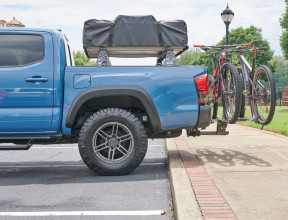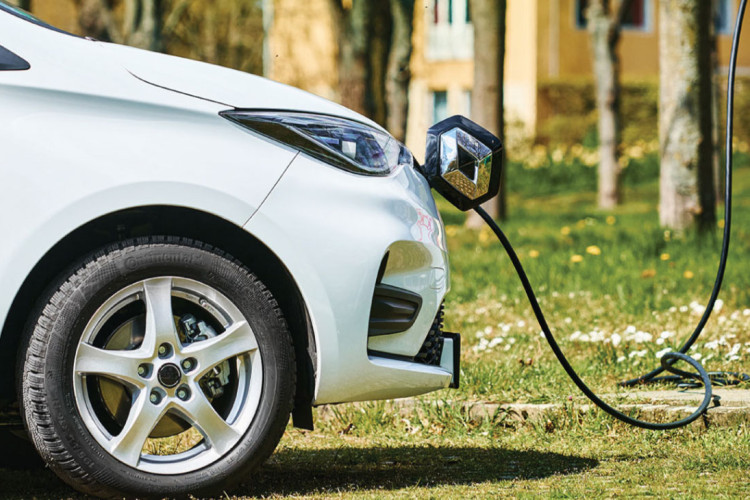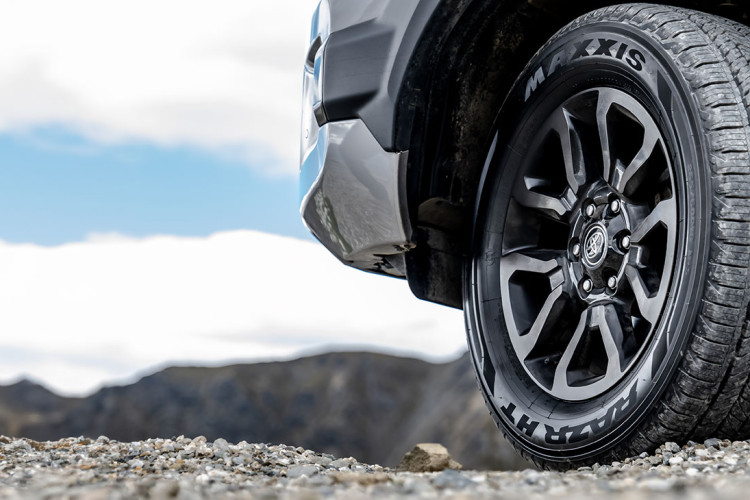Road SafetyWOF failure rates & reasons in NZ
In 2019 there were 6,212,790 WOF’s issued. More than one per every man, woman and child in NZ (NZ has a population of about 5 million). The reason for more WOFs than people is because vehicles first registered before 2000 require a WOF every 6 months. As you would expect, a few vehicles failed to make it through. Actually, it was more than a few. The reasons were many and hint at a developing pattern that has raised concern amongst some, including us.
Reasons for WOF Failure
The first time WOF failure rate increased in 2019, up to 30% from the 27.3% result posted in 2018. Let’s take a moment to delve deeper and look at the individual reasons for failure. We’ll start with the reason causing the smallest number of failures.
Green Sticker Boy Racers - 67
A surprisingly low number of boy racers were green stickered, indicating their vehicles were unsafe and needed to be repaired, before going through the WOF process again.
Unknown - 279
Your guess is as good as ours. Or better. Who knows.
Speedo - 4,496
The rules are the speedo has to be working. Some folk obviously weren’t in a rush to get theirs repaired. Not that they’d know either way as their speedo was broken.
Mirrors - 11,509
They need to be attached securely, adjustable and provide an adequate view. Here’s a little known fact though - you don’t legally need a side mirror on the passenger side. They sure do help with parallel parking though.
Exhaust - 70,942
You’ll notice a good number of vehicles on the road with modified exhausts. Which is all fine and dandy as long as they’ve been signed off by the LVVTA (Low Volume Vehicle Technical Association). Oh...and just in case you didn’t know...no, you are not allowed a flame thrower kit for your exhaust.
Structure - 116,757
There’s a few reasons for failing a WOF under structure. It could be there is some corrosion present. Or a modification has affected the vehicle structure or frontal impact occupant protection system (and let’s face it - you shouldn’t really be messing with that).
Seatbelts - 136,428
No rips, tears, frays etc. It has to retract easily, have a matching buckle and tongue...in short, it needs to do what it is supposed to do - protect you. The modern seatbelt has saved over a million lives since its introduction. The next one could be yours - so please wear one.
Glazing/Wipers - 377,766
Did you know your sun visor needs to maintain its adjusted position for your vehicle to pass its WOF? Because it does. A lot of the failures in this category are a simple fix. Like replacing the window wipers. Stone Chips are also a bit of a curse here, especially if they are in what is known as the critical vision area.
Other - 391,703
This will be...erm...other stuff then.
Brakes - 454,055
This one stopped a huge number of people in their tracks. Or rather, stopped them from a possible problem with stopping in their tracks. There are a large number of areas where you can have a brake related WOF failure. Given the importance of braking it’s to be expected and is a good thing, helping to keep us all safe.
Steering/Suspension - 515,814
If your steering feels a little loose or out...then you might be heading for a WOF fail. Suspension feel too harsh or too soft? Then you might be heading for a WOF fail. There’s a heap of other reasons for failing in this category too. And a heap of vehicles sure do fail for them.
Tyres - 557,522
A subject so very close to our hearts. The assumption would be most of the tyre fails are due to cracks, splits and low tread. So here’s the thing, if your tyre fails for low tread you’ve been putting yourself at risk for a good period of time. That’s because the legal minimum is just 1.5mm and we know anything below 3mm will lead to a significantly reduced tyre performance.
Lights - 981,895
The biggest offender by a considerable distance are lights. It would seem a lot of people are in the...ahem...dark...when it comes to their lights. Let’s be honest though, who checks the rear lights are working on a regular basis? What about your indicators? Well, it might pay to and save that WOF failure. On a time served basis, it would be a good investment to check them once a month or so. Especially if you rope in a mate to help (we count their time as being free).
Vehicles are complicated bits of machinery. There’s a lot of moving parts. So it stands to reason there’s a heap of ways they can fail a WOF test. And annoying as having your vehicle fail is...it’s generally a good thing for your safety. But there’s a worrying pattern starting to emerge. A pattern that might just affect your safety and that you’ll want to be aware of.
The Worry Behind the Numbers
Back on the 9th August 2013, the Government announced some big changes to the WOF intervals. Starting from January 2014, new vehicles were no longer required to have a WOF for 3 years. Vehicles first registered after the start of 2000 would be moved from a 6 monthly WOF schedule to an annual check. Many welcomed the move.
6 years on from that change, a few organisations and concerns are being raised. Most recently the MTA voiced their concerns. It’s really about the abdication of responsibility. A lot of people relied on the WOF for basic vehicle checks (brakes, tyres etc). Many reasoned 6 months for these checks was safe enough (clue: it wasn’t). Changing the checks to annually doesn’t mean people are now conducting a 6 monthly check themselves. It simply means a high number of vehicles have effectively doubled the period of time between routine maintenance and safety checks.
Let’s look at it this way: most of us would have had a friendly word from the local WOF inspector at some point. Something like ‘you need to get those tyres looked at before the next inspection”. Then we either do something... or just wait until the next WOF to confirm they need replacing now. But now there is no check 6 months later. So there is no-one saying they need replacing now. Instead, we’re driving around with unsafe tyres for 6 months. That’s 6 months of driving in the dry and wet, all sorts of conditions, with tread that will provide no help at all.
What does this mean? The answer is in the statistics. And those statistics make for unpleasant reading. In a 5 year period, the number of fatal crashes involving some sort of vehicle factor trebled. Whilst we cannot link the rise directly to the interval change, it’s impossible to ignore the logic of that assumption. It just makes sense. Less checks surely must increase the chances of something going wrong.
What Do You Do?
Checking your vehicle needs to be built into your normal routine. You could do this weekly or monthly. Anything is better than leaving things for a year or getting an unpleasant surprise as the tyres fail and you leave the road in wet conditions. You might want to adopt a company/company car approach and use a checklist like those used by companies. Such basic checks don’t take long but can make significant difference. The average person will spend around 2 hours per month brushing their teeth to make sure their gnashers look alright. If we can spend that time for the sake of our teeth, surely we can all spare a few minutes a month to protect everything, not just our teeth.
That’s it really. There’s not too much we can say on this but just to recap anyway…
A lot of cars fail their WOF. The number of failures has risen. The number of crashes where a vehicle defect is involved has risen. This may be because of the increased time between WOF intervals. To help keep yourself safe, build regular maintenance checks into your routine.
That’s it. Be safe out there.

-
Topics:
- Road Safety
More tips and articles

Tyres for Electric Vehicles

Product Spotlight:
Maxxis HT780 RAZR HT

